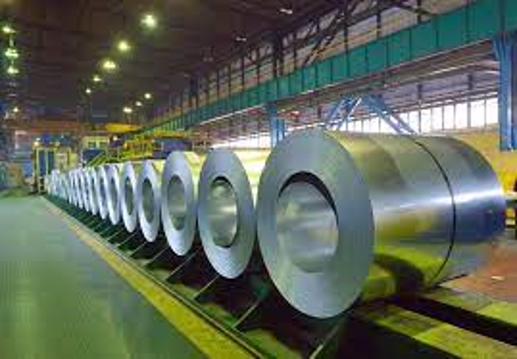A deep dive of the heavy industry

Defining the heavy industry
The heavy industry refers to businesses that require massive capital to produce types of machinery. These machinery types are usually huge, making raw materials such as steel, iron, coal, and ships. We can also encounter heavy industries in the productions of automotive, ships, and the like. They have high barriers to entry and little transportability. They also usually need large areas of land and large-scale undertakings. This industry can be linked to businesses that cause pollution and global warming because it disrupts the environment.
On the other hand, heavy industries' total opposite is the light industry, where the production is possible even at a small scale. Production is possible even in places like small factories and facilities. It does not need a high cost and high barriers to entry.
Heavy industries and the environment
Heavy industries repeat in cycles, and they somehow benefit the economy when they invest in projects that will last for a long time. They make buildings, aerospace, and defense products. However, other projects contribute massively to the destruction of nature and the environment. These activities include mining, deforestation, and chemical productions.
Understanding heavy industries
Heavy industries are more prevalent in transportation, construction, and manufacturing supplies. They sell well to industrial customers while light industries, on the other hand, sell directly to consumers.
Since they produce massive amounts of raw materials and other supplies, heavy industries already became part of the supply chain to create another product. Due to this reason, they are the very first element in an economic upturn, so they will mostly, if not always, benefit from the demand increases. In economics, when we say demand, we are referring to the consumers' and customers' desire to buy specific goods and services.
Let us list the most common projects that involve heavy industries:
- Space. It is the production of air vehicles and equipment like rockets and satellites.
- Shipbuilding. It is the production of floating vehicles like ships for cruise and transportation. Because of modern advancement and technology, heavy industry became very prevalent as soon as people recognized steel's potential when making ships instead of wood.
- Transportation. It is the manufacturing of vehicles such as busses, trains, and aircraft. In this section, we do not include cars because they belong to the lightweight industry. Why? It is because we sellers directly sell to consumers.
- Construction. The heavy industry creates massive commercial or government buildings and infrastructures such as plants and towers in this category. Heavy industries need massive systems to construct gigantic structures, such as skyscrapers and dams.
- Mining. Heavy industries involve heavy mining activities where the aim is to earn gold, mineral, precious stones, and the like.
- Materials. As previously mentioned, heavy industries produce raw materials such as steel, iron, coal, etc. Manufacturers and producers use these materials to create another type of product.
- Chemicals. We can also consider some businesses that set out huge capitals to produce chemicals as heavy industries.
- Energy. Businesses that need large-scale equipment to produce energy, like wind farms, are also part of heavy industries.
